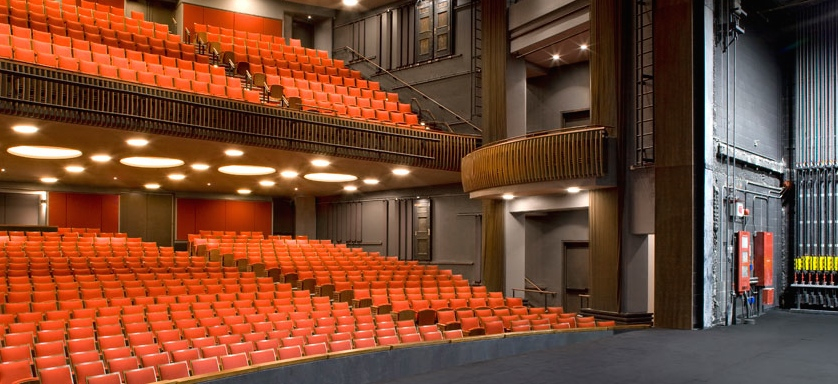The views and opinions expressed on the website are those of the authors and do not necessarily reflect the views or opinions of Niagara Foundation, its staff, other authors, members, partners, or sponsors.
By Andrew Lee,
Human Resources Intern
August 4, 2015
As a college student studying both theatre and economics, I have a deep connection and passion for acting and theatre, especially musical theatre. But as an Asian American musical theatre actor, I have found that there is a challenging discourse at hand: the cultural default and habitualness of whiteness portrayed on stage. Similar to many cultural aspects of the United States, musical theatre has been largely dominated by upper-class white males as writers, composers, producers, directors, and actors. This has ultimately impacted the creation of characters that are automatically assumed to be white and thus the casting decisions made by directors. But in a society today in which 42.8 percent of millennials are non-white, it is astounding that these types of casting decisions are still being made.
New York City’s Roundabout Theatre Company, a prolific non-profit theatre company that produces plays and musicals on and off Broadway, recently received criticism for casting a seemingly all-white cast of nine for its upcoming revival of Noises Off. Casting for this play is particularly resonant because of the fact that all of the characters in the play work in the theatre, which creates the illusion, whether intentional or not, that everyone who creates theatre is white. Casting decisions like this are a direct result of our society’s acceptance of the cultural dominance of whiteness.
The topic of race and culture seems to be one that our society never seems to want to talk about. This becomes problematic when we assume “political correctness” or “colorblindness” as the be-all and end-all of the solution. Nothing can be solved on a social level if we fail to recognize our differences. Some people suggest that writing plays and musicals specifically for minority races and their experiences, may help increase the number of minority actors on stage. In a 2006 to 2007 yearly report on ethnic representation on New York City stages, the Asian American Performers Action Coalition estimated that 80 percent of actors were Caucasian, 13 percent were African American, four percent were Latino, two percent were Asian, and one percent were Other. However, I personally believe that these types of work may exacerbate racial divides we see in the theatre.
Another problem is that theatre, like any other artistic form, is subjective. An artistic vision by a director very well may be skewed by our culture’s acceptance of the dominance of whiteness. These preconceived opinions of whiteness as the default have been engrained in the American psyche since the founding of the United States and its heavy involvement with the slave trade. Yet, we have unfortunately failed to adjust to our contemporary, diverse circumstances. We must continue to keep having conversations about race and culture to evaluate how we can move forward to modify our own learned conceptions of normalcy, and create a diversified default world.

